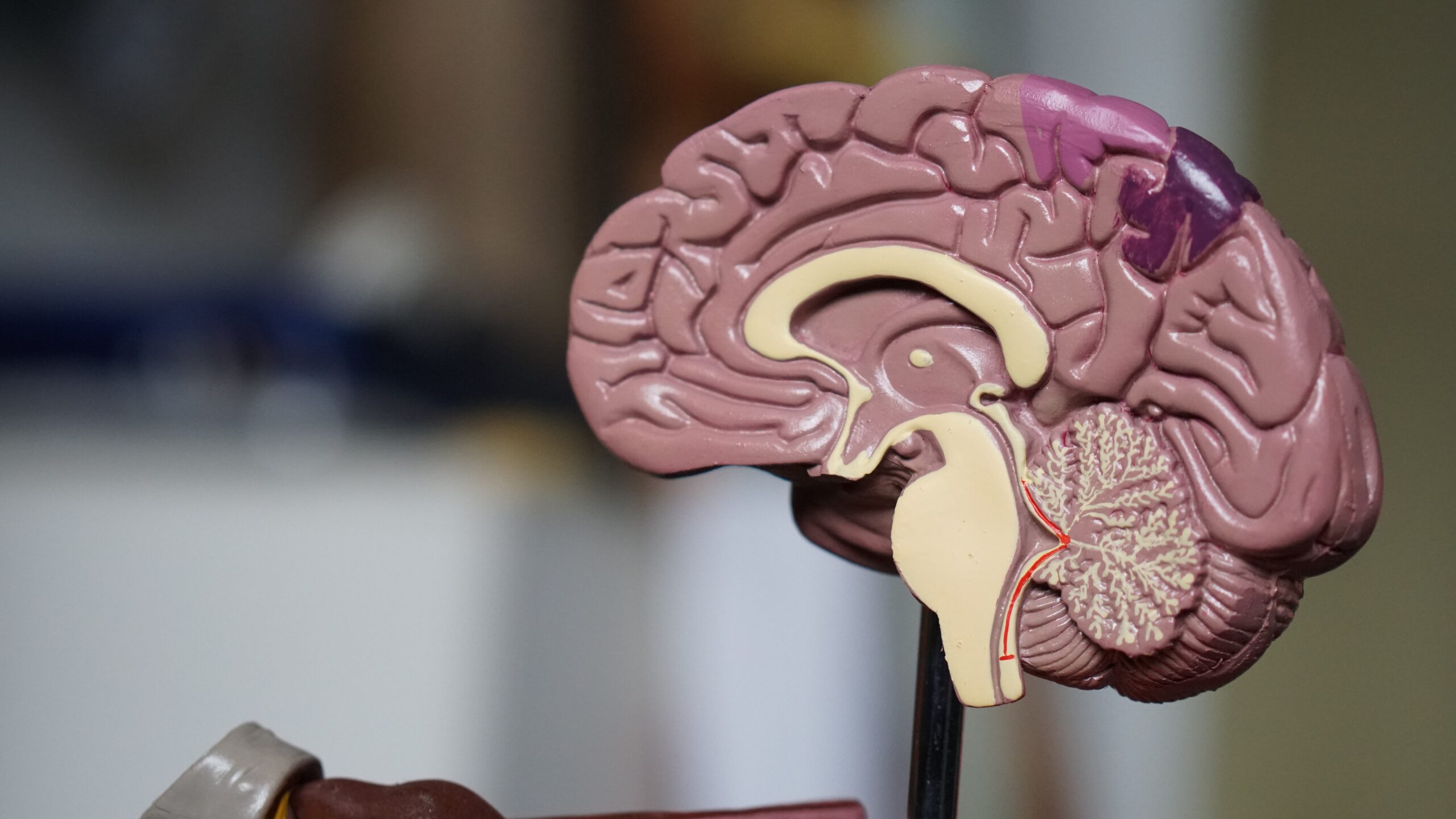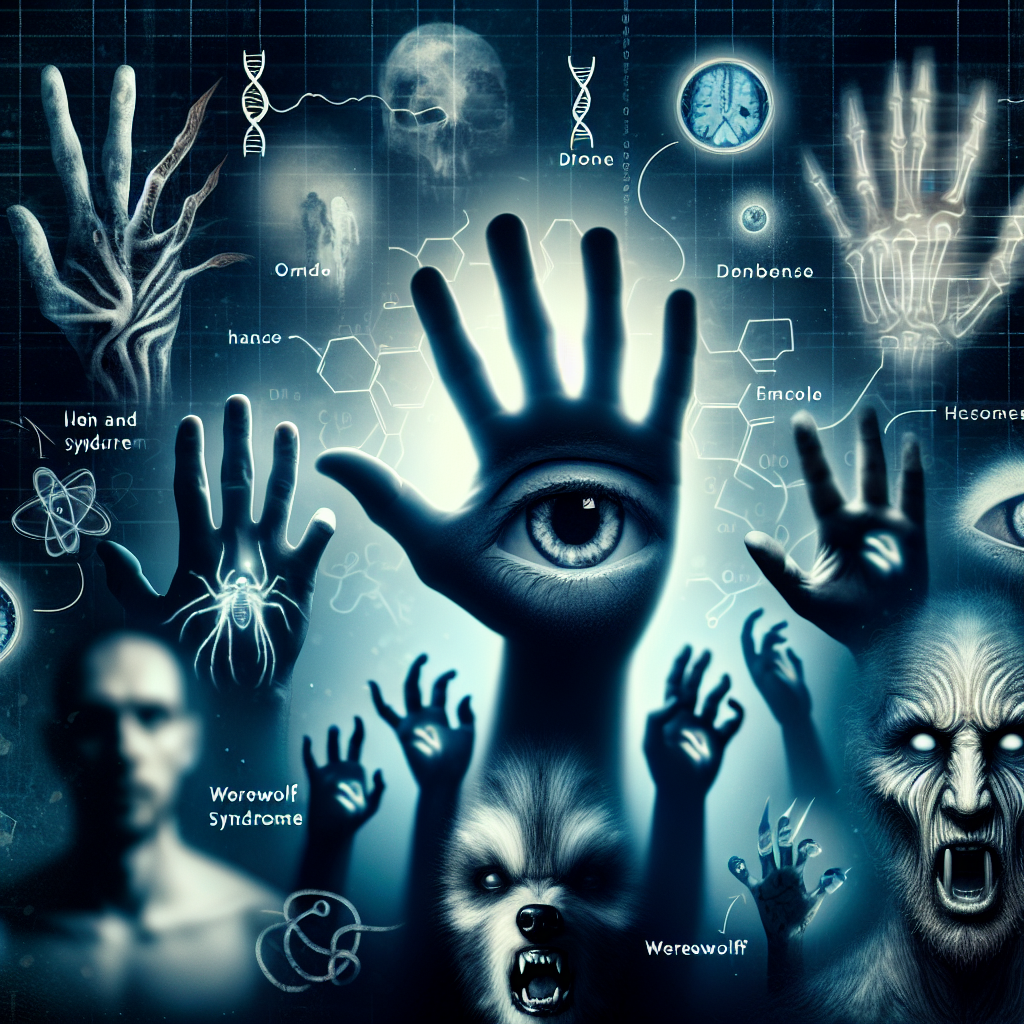Imagine a world where people grow vampire-like fangs, constantly sneeze at the sight of sunlight, or fall asleep for weeks at a time. These are just a few of the mind-boggling and intriguing medical conditions that exist. From the fascinating to the bizarre, this article explores some of the strangest medical conditions that have ever been documented. Brace yourself for a journey into the extraordinary, as we uncover the peculiarities of the human body and the unique challenges faced by those living with these conditions.
Alien Hand Syndrome
The phenomenon of the hand having a mind of its own
Have you ever felt like your hand had a mind of its own, moving completely independently without your control? This strange and fascinating phenomenon is known as Alien Hand Syndrome (AHS). With AHS, one hand seems to have a will of its own, and its actions are often completely opposite to what the person intends to do.
Causes and symptoms
AHS usually occurs as a result of damage or disruption to the corpus callosum, the part of the brain that connects the left and right hemispheres. This disconnect between the two sides of the brain can lead to conflicting signals, causing the alien hand to act on its own. Other causes of AHS may include brain tumors, stroke, or certain neurodegenerative diseases.
The symptoms of Alien Hand Syndrome may vary from person to person. Some individuals may experience involuntary grasping or releasing of objects, while others may witness their hand making purposeful movements without their conscious control. Often, people with AHS report a sense of dissociation or detachment from their alien hand, as if it belonged to someone else entirely.
Management and treatment options
While there is no cure for Alien Hand Syndrome, various management strategies can help individuals cope with this condition. First and foremost, it is crucial to ensure safety and prevent any harm caused by the alien hand’s actions. Simple measures such as using a splint or restraining the hand can minimize unintentional movements.
Physical therapy and occupational therapy often play a crucial role in regaining control and coordination of the affected hand. These therapies focus on retraining the brain to better integrate the signals from both hemispheres, helping individuals regain control and reduce the alien hand’s actions.
In some cases, medications such as anti-seizure drugs or muscle relaxants may be prescribed to alleviate the symptoms of AHS. Additionally, psychotherapy and counseling can provide emotional support and help individuals navigate the challenges associated with this condition.

Tree Man Syndrome
A rare skin disorder resulting in bark-like growths
Imagine waking up one day to find your skin covered in bark-like growths, resembling the texture of a tree trunk. This is the reality for individuals with a rare condition known as Tree Man Syndrome, scientifically called epidermodysplasia verruciformis (EV). It is an incredibly rare genetic disorder that predisposes a person to develop unusual wart-like growths on the skin, often resembling tree bark.
Medical advancements and successful treatments
While Tree Man Syndrome is an extremely challenging condition, medical advancements have provided hope and successful treatment options for those affected. Surgical interventions, such as removing the excessive growths and reconstructing the affected areas, have shown promising outcomes in some cases.
Additionally, advancements in dermatology have led to the development of topical treatments and medications that can help manage the symptoms of Tree Man Syndrome. These treatments aim to reduce the growth of warts and promote healthier skin, providing individuals with a better quality of life.
Psychological impact and emotional support
Living with Tree Man Syndrome can take a toll on an individual’s mental and emotional well-being. The visible nature of the condition often leads to social stigma and isolation, making it essential for affected individuals to receive adequate psychological support.
Counseling and support groups can provide a safe space for individuals with Tree Man Syndrome to share their experiences, find empathy, and receive emotional support. It is crucial to address the psychological impact of the condition and empower individuals to navigate social challenges, fostering a sense of belonging and acceptance.

Werewolf Syndrome
Uncontrolled hair growth all over the body
Imagine waking up to find that your body has become covered in excessive hair, resembling a werewolf. This is the reality for individuals living with hypertrichosis, commonly known as Werewolf Syndrome. Hypertrichosis is an extremely rare genetic disorder that causes abnormal and uncontrolled hair growth all over the body.
Research and understanding of hypertrichosis
While the exact causes of hypertrichosis remain widely unknown, scientific research has shed some light on this intriguing condition. It is believed to be a result of genetic mutations that affect hair growth patterns. Hypertrichosis can either be congenital, meaning it is present from birth, or acquired later in life due to certain medical conditions or drug use.
Researchers continue to explore the underlying mechanisms and genetic factors that contribute to hypertrichosis. Their findings not only enhance our understanding of this condition but also hold the potential for developing targeted treatments in the future.
Life with hypertrichosis
Hypertrichosis presents unique challenges for those living with the condition. Due to its visible nature, individuals with Werewolf Syndrome often face social stigmatization and discrimination. However, it is crucial to recognize that people with hypertrichosis are much more than their appearance.
Support groups and online communities have become valuable resources for individuals living with hypertrichosis. These communities provide a platform for individuals to connect, share experiences, find emotional support, and raise awareness about the condition. By fostering a sense of community and understanding, they actively challenge societal prejudices and promote acceptance.

Foreign Accent Syndrome
Acquired speech disorder causing a perceived foreign accent
Imagine waking up one day speaking with a completely different accent, despite never having lived or learned that language. This is the perplexing reality for individuals with Foreign Accent Syndrome (FAS). FAS is a rare speech disorder that results in individuals speaking with a perceived foreign accent, often causing confusion and bewilderment.
Causes and neurological underpinnings
Foreign Accent Syndrome usually occurs as a result of brain damage or injury, particularly affecting the speech and language centers of the brain. It can be triggered by various factors, including strokes, head injuries, or neurological conditions. The exact neurological mechanisms behind FAS are still not fully understood, adding to the mystery surrounding this condition.
Impact on patients’ lives
Living with Foreign Accent Syndrome can be a challenging experience. Individuals with FAS often face difficulties in communication, as their perceived accents can result in misinterpretation or misunderstanding. They may encounter confusion from others, leading to feelings of frustration and isolation.
Speech therapy plays a crucial role in managing Foreign Accent Syndrome. Therapists work with individuals to improve speech articulation, intonation, and rhythm, helping them regain control over their communication. Additionally, counseling and support groups can provide emotional support and assist individuals in navigating the social and psychological impacts of FAS.

Exploding Head Syndrome
Rare sleep disorder characterized by loud noises or explosions in the head
Imagine trying to fall asleep peacefully when suddenly you experience a loud noise or explosion in your head, completely disrupting your sleep. This disturbing phenomenon is known as Exploding Head Syndrome (EHS). Despite its alarming name, EHS is not physically harmful but can be highly distressing for those who experience it.
Possible causes and triggers
The exact causes of Exploding Head Syndrome are still not fully understood. However, it is believed to be related to the brain’s auditory system misinterpreting signals during the transition from wakefulness to sleep. Stress, sleep deprivation, or irregular sleep schedules are believed to be potential triggers for EHS.
Approaches to managing the condition
Managing Exploding Head Syndrome primarily focuses on improving sleep hygiene and reducing stress levels. Establishing a consistent sleep schedule, creating a calm sleep environment, and practicing relaxation techniques before bed can contribute to better sleep quality and potentially reduce the frequency and intensity of EHS episodes.
In some cases, medication may be prescribed to regulate sleep patterns and alleviate anxiety, which can exacerbate the symptoms of EHS. Consulting with a sleep specialist or healthcare provider can provide valuable insights and individualized strategies to manage this condition effectively.

Stone Man Syndrome
Fibrodysplasia ossificans progressiva (FOP) causing ossification of soft tissues
Imagine your muscles and connective tissues turning into bone over time, severely limiting your mobility and causing immense pain. This is the reality for individuals with fibrodysplasia ossificans progressiva (FOP), commonly referred to as Stone Man Syndrome. FOP is an extremely rare genetic disorder, causing the progressive and irreversible ossification of soft tissues, such as muscles, tendons, and ligaments.
Medical challenges and ongoing research
Stone Man Syndrome poses significant medical challenges due to the limited understanding of the underlying mechanisms. Currently, there is no cure for FOP, and treatment mainly focuses on alleviating pain, managing complications, and preserving mobility. However, ongoing research is dedicated to unraveling the complexities of FOP and developing potential targeted therapies.
Improving quality of life for FOP patients
While there may be physical limitations imposed by Stone Man Syndrome, it is crucial to acknowledge and support individuals’ overall well-being. Physical therapy can help maintain mobility and prevent further joint stiffness. Occupational therapy can aid in adapting daily activities to accommodate changes caused by the condition.
Furthermore, social and emotional support plays a significant role in improving the quality of life for individuals with FOP. Educating the public about the condition and fostering inclusive communities can help combat the social stigma and provide a supportive environment for individuals living with Stone Man Syndrome.
Through continued advancements in research and medical understanding, there is hope for improving both the treatment options and the overall quality of life for individuals with FOP.

